Forest Water Filtration: Ensuring Clean and Safe Water
- August 12, 2024
- 0 comment
Forests play a pivotal role in ensuring our planet’s water remains clean and safe. Through the natural process of forest water filtration, these verdant ecosystems capture and purify water, significantly enhancing its quality before it reaches our taps. We explore the vital functions forests serve in filtering impurities and safeguarding water resources, highlighting why their conservation is crucial for sustainable water management.
What is Forest Water Filtration
Forest water filtration is the natural process through which forests enhance water quality. This involves the soil, vegetation, and organic matter working together to filter pollutants and manage water flow. As rainwater moves through the forest canopy, it’s dispersed and absorbed by the soil, reducing runoff and erosion, and preventing pollutant discharge into water bodies. Tree roots and plants contribute by trapping sediments and breaking down pollutants biologically and chemically, essential for maintaining water clarity and purity.

The forest floor also plays a critical role in filtration. Layers of leaf litter and decaying plants act like a sponge, absorbing and filtering water as it seeps through the soil. Microbial activity further breaks down organic pollutants, purifying the water before it recharges aquifers or joins larger water systems. This filtration service is vital for producing clean water, supporting biodiversity, and regulating the climate, highlighting the crucial need for forest conservation to ensure ongoing access to clean, safe water.
What is The Purpose of Water Filtration?
Removal of Contaminants
Filtration is crucial for removing contaminants that negatively impact water quality and human health. It mechanically traps physical contaminants like sediment and particulates, while chemically transforming or absorbing harmful chemicals such as metals and pesticides. Biological threats like bacteria and viruses are also eliminated, significantly reducing the risk of waterborne diseases. This process is vital for making water safe for consumption and meeting stringent public health standards.

The presence of these contaminants in drinking water can cause serious health issues, including gastrointestinal, reproductive, and neurological problems. Filtration methods like activated carbon, reverse osmosis, and ultraviolet purification are designed to remove specific contaminants effectively. Employing these techniques allows water treatment facilities to adhere to strict safety regulations, ensuring public health is safeguarded.
Taste and Odor Improvement
Water filtration improves safety and sensory quality, removing unpleasant tastes and odors caused by chlorine, sulfur compounds, and organic decay. Systems like activated carbon effectively absorb these chemicals, enhancing drink ability and encouraging higher consumption for better health.

Additionally, filtration enhances water’s use in cooking and other household tasks by eliminating undesirable flavors and smells. This makes water more versatile and improves its quality for everyday use, particularly valuable in urban areas and regions with industrial pollutants, where water aesthetics are crucial.
Softening and Mineral Reduction
Water softening, a specific filtration type, addresses the challenges of hard water caused by high levels of calcium and magnesium. These minerals don’t harm health but can damage plumbing, affect appliance efficiency, and hinder soap’s effectiveness. Softening systems use ion exchange or salt-based softeners to replace these minerals with sodium or potassium, reducing water hardness.

This process not only prolongs the lifespan of plumbing and cuts maintenance costs but also boosts the performance of soaps and detergents, reducing consumption and household expenses. Soft water enhances bathing quality, being gentler on skin and hair, and improves overall quality of life by ensuring water usability and addressing practical and aesthetic concerns.
Environmental Protection
Filtration plays a crucial role in environmental conservation by preventing pollutants from contaminating natural waterways. These systems capture harmful substances, maintaining ecological balance and supporting the health of aquatic ecosystems, which is vital for wildlife survival and biodiversity. Clean waterways also enhance the aesthetic and recreational appeal of natural areas, boosting human well-being and economic benefits through tourism.
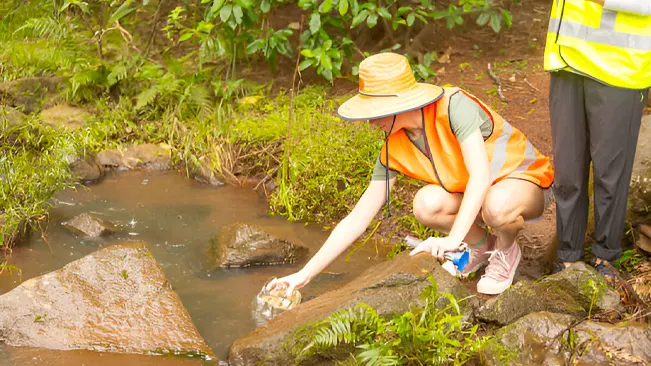
Moreover, modern filtration technologies are increasingly sustainable, reducing energy use and waste production. By enhancing process efficiency and using Eco-friendly materials, these systems protect water sources and support broader environmental sustainability goals. This highlights the integral connection between effective water management and conservation efforts.
Regulatory Compliance
Filtration is essential for meeting legal water quality standards, as many countries enforce strict regulations on contaminant levels for consumption, industrial use, and environmental discharge. Filtration systems ensure compliance, preventing legal issues and public health crises.

Implementing advanced filtration technologies is not only a legal requirement but also a commitment to public safety and environmental stewardship. These systems address pollutants effectively, maintaining public trust and enhancing water quality efforts at various levels.
How Forests Ensure Clean and Safe Water
Pollutant Removal
Forests act as natural filters, capturing and neutralizing various pollutants before they can contaminate water sources. The dense networks of roots within a forest floor not only stabilize the soil but also absorb heavy metals and other contaminants, such as pesticides and industrial waste, from the runoff water. Over and above root filtration, the forest soil itself plays a crucial role, where myriad microorganisms break down toxins into less harmful substances. This bio degradation process is vital for reducing the ecological impact of human industrial activity, ensuring that water bodies downstream remain clean and safe for consumption and habitat.
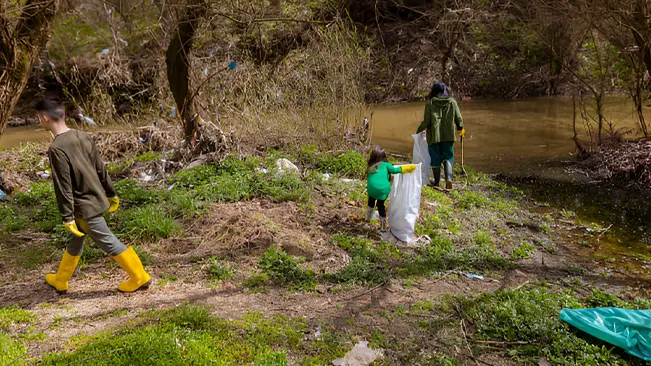
Moreover, forests help in sediment control, preventing excessive particles from entering water bodies, which can degrade the quality and clarity of water. Sedimentation can smother aquatic habitats and disrupt the life cycles of various aquatic species by covering eggs and reducing oxygen levels in the water. The tree canopies reduce the force of rainfall, and their leaf litter increases the soil’s absorption ability, significantly reducing the runoff speed and volume, thus minimizing erosion and sediment displacement. These natural processes underscore the forest’s role in maintaining water purity and ecosystem health.
Water Regulation
Forests are instrumental in regulating the flow and distribution of water within watersheds. By intercepting precipitation with their canopies, forests reduce the volume of water that reaches the ground directly, allowing it to slowly filter through leaf litter and soil layers, thereby promoting groundwater recharge instead of surface runoff. This gradual release of water from forested lands into rivers and streams ensures a steady water supply throughout the year, mitigating the effects of seasonal changes in rainfall.
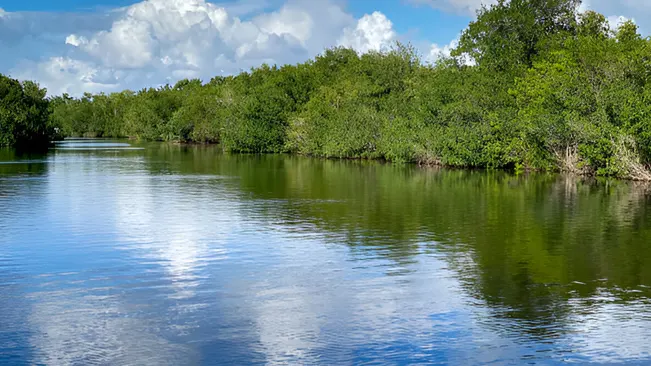
Additionally, the presence of forests along waterways acts as a buffer, absorbing excess water during periods of heavy rainfall and reducing the likelihood and severity of floods. Conversely, during dry periods, forests release stored water into the atmosphere through transpiration and into watercourses through subsurface flows, helping to maintain river flow levels and reducing the risk of drought. This natural water management system not only supports human water needs but also maintains the ecological balance, providing stability to aquatic and terrestrial ecosystems alike.
Temperature Control
Forests play a critical role in regulating the temperature of water bodies, which is essential for the survival of many aquatic species. The canopy of a forest provides shade, significantly lowering water temperatures in rivers and streams running through these wooded areas. Cooler water temperatures are crucial for maintaining the dissolved oxygen levels in water, which fish and other aquatic organisms rely on. For example, species like trout and salmon are particularly sensitive to temperature changes, and their reproductive success is highly dependent on cooler water conditions.
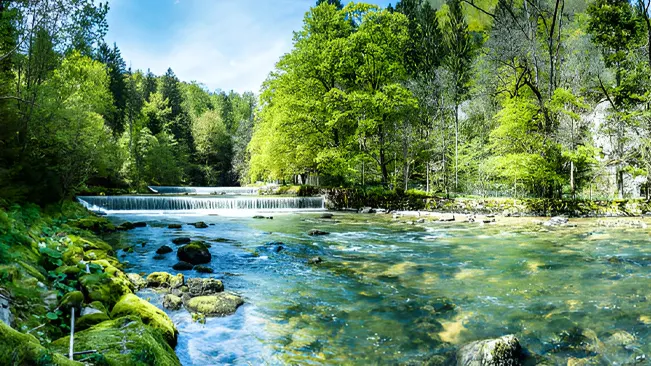
The shading effect of forests also protects aquatic habitats from the thermal stress that can be caused by direct sunlight, especially in regions experiencing high temperatures. Beyond individual species benefits, cooler water temperatures help to maintain the overall health of aquatic ecosystems, preventing algae blooms that can occur in warmer conditions and ensuring a balanced environment. These thermal regulation services provided by forests are indispensable in sustaining the biodiversity and functionality of aquatic ecosystems across the globe.
Threats to Forest Water Filtration
Deforestation
Deforestation has severe repercussions on water quality and availability, fundamentally altering the natural processes that forests provide. When trees are removed, the land loses its ability to filter and regulate water effectively. The absence of roots leads to increased erosion and sedimentation in nearby water bodies, clouding the water and harming aquatic life dependent on clear water for survival. Additionally, without the forest canopy to intercept rainfall, more water hits the soil directly, increasing runoff and reducing the amount of water that percolates into the ground to recharge groundwater supplies. This reduction in natural filtration and groundwater levels can lead to a significant decrease in the quality and quantity of water available to local communities and wildlife.
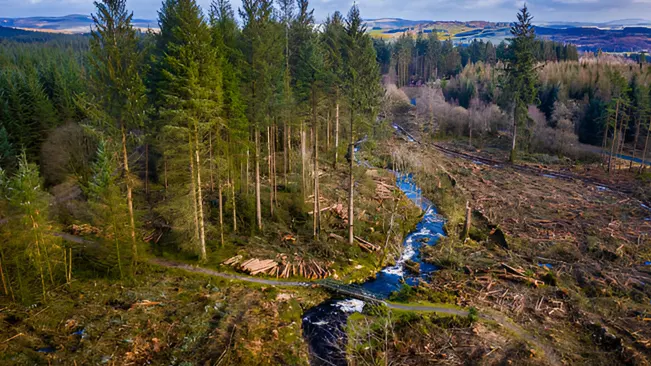
Moreover, the loss of forest cover disrupts the natural hydro logical cycle, leading to more extreme and less predictable water flow patterns. During rainy seasons, this can result in more severe flooding, while in dry seasons, water scarcity becomes more pronounced. Such extremes not only affect human access to clean water but also threaten the health of entire ecosystems that rely on steady and clean water flows. The removal of forests, therefore, poses a critical threat to the sustainability of natural water filtration systems and the broader environmental and human well-being.
Climate Change
Climate change poses significant challenges to forest ecosystems and their capacity to provide water filtration services. Rising temperatures and changing precipitation patterns can alter the water cycle within forested areas, potentially reducing the effectiveness of forests in managing water flow and quality. For example, increased temperatures can exacerbate water evaporation rates, reducing the availability of moisture for both groundwater recharge and surface water bodies. Additionally, irregular and extreme weather patterns, such as intense storms and prolonged dry spells, can strain the natural resilience of forest systems, making it harder for them to recover and continue performing their regulatory functions.
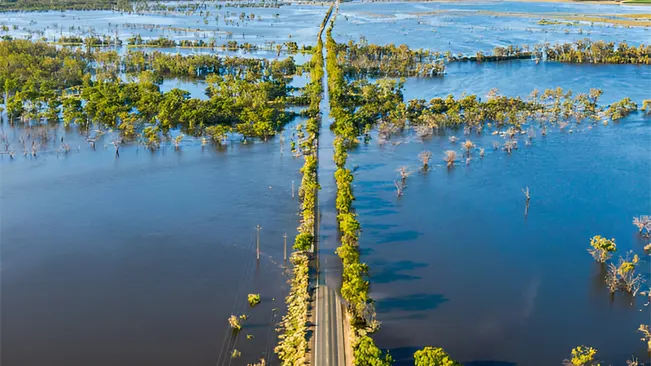
These climatic shifts also affect the biological aspects of forests that contribute to water filtration. Changes in temperature and moisture levels can lead to shifts in species composition, with sensitive species being replaced by those more tolerant to altered conditions but perhaps less effective at water purification. Moreover, stressed forest systems are more susceptible to pests and diseases, which can further degrade the forest’s health and its ability to filter and regulate water, thereby impacting not only the quality of water but also the overall biodiversity and ecological balance of the region.
Pollution and Land Use
Pollution and changes in land use have direct and deleterious impacts on forest water filtration capabilities. Industrial, agricultural, and urban pollutants such as chemicals, heavy metals, and untreated waste can overwhelm the natural filtration capacity of forests, leading to contaminated water sources. These contaminants can degrade soil and water quality, harming the microbial and plant life that are essential for natural filtration processes. Moreover, toxic substances can accumulate in the ecosystem, entering the food chain and affecting wildlife and human populations alike.
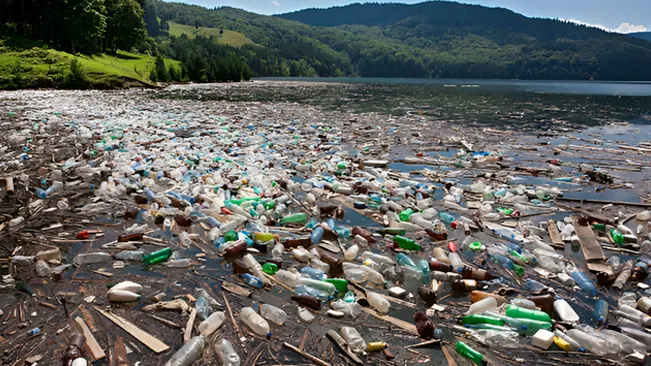
Land use changes, particularly the conversion of forested areas to agriculture or urban territories, disrupt the integrity and connectivity of forests, reducing their ability to manage water resources effectively. Urbanization leads to increased impervious surfaces, such as roads and buildings, which prevent rainwater from soaking into the ground, increasing runoff and reducing the water that flows through natural filtration systems. Agricultural expansion often involves the use of fertilizers and pesticides, which can leach into waterways, further straining the filtration capabilities of the remaining forest areas. These changes not only degrade water quality but also diminish the quantity of water that forests can naturally store and purify, underscoring the need for sustainable land use practices that protect and integrate forest ecosystems.
Conclusion
In conclusion, forests are crucial for ensuring clean and safe water through natural filtration processes. They stabilize water supplies, improve water quality, and help mitigate extreme weather impacts. However, threats like deforestation, climate change, and pollution compromise these vital functions. Preserving and restoring forests is essential not only for environmental health but also for public safety. By prioritizing forest conservation, we secure a sustainable water future, highlighting the intrinsic link between forest health and water resource resilience.
FAQs
- What is forest water filtration?
Forest water filtration refers to the natural process by which forests purify water. This involves the absorption and breakdown of pollutants through soil and vegetation, which helps maintain the cleanliness and safety of water sources. - How do forests contribute to water purification?
Forests contribute to water purification by trapping pollutants, sediments, and pathogens through their roots and soil microbes. They also regulate water flow, reduce runoff, and prevent erosion, which helps keep water bodies clean and clear. - Why are forests important for maintaining water quality?
Forests are vital for maintaining water quality because they naturally filter out contaminants before they reach rivers, lakes, and groundwater. This reduces the need for artificial water treatment and ensures a cleaner, healthier water supply for ecosystems and human use. - What are the effects of deforestation on water filtration?
Deforestation disrupts the natural water filtration process, leading to increased water pollution and sedimentation. This can result in degraded water quality, higher treatment costs, and increased vulnerability to flooding and drought. - How does climate change impact forest water filtration?
Climate change affects forest water filtration by altering precipitation patterns and increasing temperatures. These changes can stress forest ecosystems, reducing their ability to filter water effectively and altering the availability of water resources. - What can be done to protect forest water filtration systems?
Protecting forest water filtration systems involves conserving existing forests, restoring degraded forest areas, and implementing sustainable land management practices. Supporting policies that reduce emissions and promote reforestation are also crucial. - How do forests regulate water temperature?
Forests regulate water temperature by providing shade, which reduces solar radiation and keeps water temperatures within safe limits for aquatic life. This is essential for the survival of many species that are sensitive to temperature changes. - Can reforestation improve water quality?
Yes, reforestation can significantly improve water quality by restoring the natural filtration capacity of forests. New forests help reduce runoff, control erosion, and increase groundwater recharge, leading to cleaner water sources.

Joel Cunningham
Forestry AuthorI'm Joel Cunningham, an expert in pruning and weed management with over a decade of experience. My skills are rooted in formal training and extensive practice, focusing on advanced pruning techniques and efficient weed control. I'm known for my quality work, precision, and deep understanding of plant health and soil dynamics. My contributions extend to educational initiatives where I share sustainable practices and advice, establishing myself as a reliable and authoritative figure in the gardening community.






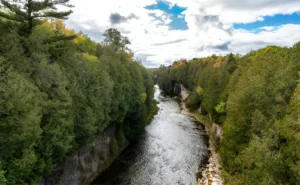
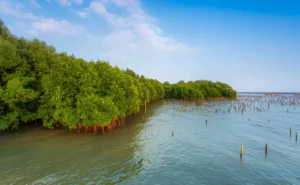





Leave your comment